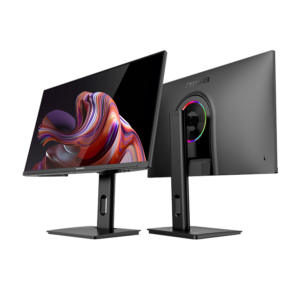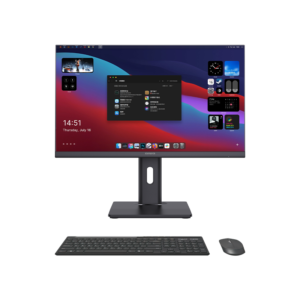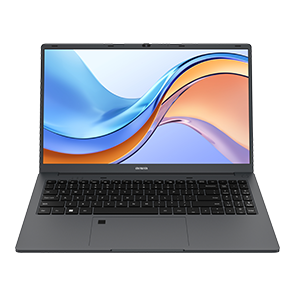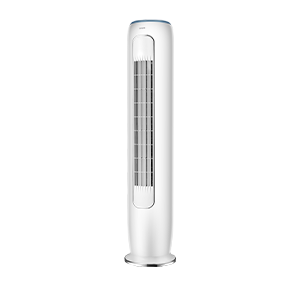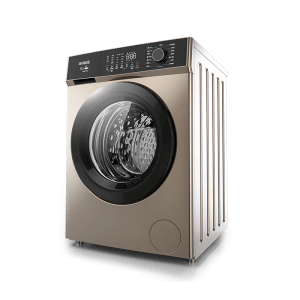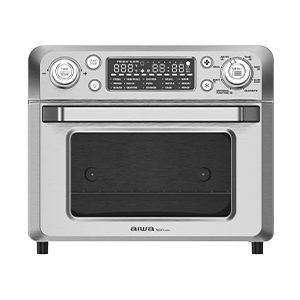Whether you’re looking for a PC monitor or a laptop, choosing the right technology can be tough. However, many factors to consider – resolution, contrast ratio, screen size, and brightness. In this article, we’ll take a close look at the differences in technologies and how to pick which one is best for you.

LCD vs. LED Monitors
There are a few things to keep in mind when it comes to monitors. First, what type of display technology do you want? Second, what features are important to you? Third, how much money are you willing to spend?
LCD monitors use liquid crystal displays (LCDs), while LED monitors use light-emitting diodes (LEDs). LCDs are more common than LEDs and have been used in monitors for longer. They offer better image quality than LEDs, but they also cost more. LED monitors don’t have good image quality as LCD monitors, but they’re cheaper and more energy-efficient. An LED monitor is likely enough if you only need a monitor for basic tasks like browsing the internet and word processing. If you want a monitor that can show high-quality images and videos, or if you’re planning on doing some graphics work, an LCD monitor is your best bet.
Some important features to consider when choosing a monitor include resolution, refresh rate, response time, size, weight, compatibility with devices you plan on using it with, and ease of use. Resolution is the number of pixels on the screen. The higher the resolution, the finer
The History of Monitors
Monitors have come a long way since their invention in the early 20th century. In 1903, Alexander Graham Bell created the first telephone and used a mirror to see his voice. A decade later, he developed a device that could be used to see images. This led to the development of monitors, which allowed people to see what they were working on in front of them. Early monitors used cathode ray tubes (CRTs), which were very large and bulky. In 1955, IBM developed the first display monitor that used electron beams to create pictures on a screen. These monitors were much smaller and more portable than CRTs and became popular in offices. In 1979, Sony introduced the first laptop computer with a liquid crystal display (LCD) screen. Many people consider LCDs the best type of monitor because they are small, lightweight, and have very high resolution. LED screens emerged as a second option in the late 1990s because they are more energy-efficient than CRTs and produce better images. However, LCDs still hold an advantage over LED screens because they are more portable and can be used in bright environments. Today there are many different types of monitors available, including flat-panel displays (FPDs),
How are LCD and LED Monitors Made?
LCD and LED monitors are made differently. LCD monitors use backlight technology to create an image on the screen. This backlight uses a light-emitting diode (LED) which emits light through a small opening in the monitor. LEDs last longer than other lights and can be more energy-efficient, but they also tend to be more expensive than other types of monitors. LED monitors typically have a wider viewing angle and a better color reproduction, but they may not be as bright as LCD monitors.
Disadvantages of LED Monitors
One disadvantage is that LED monitors typically have a shorter life than LCD monitors. They may not last as long as an LCD monitor with the same specifications. In addition, they are more prone to screen burn-in and image retention than LCD monitors. Finally, some people find the brightness levels of LED monitors to be too high for work or reading purposes.
Advantages of LCD Monitors
The major advantage of LCD monitors is that they use less power than LED monitors. This means that they can last longer on a single charge, and you’ll need to replace fewer batteries over time. LCD monitors also offer a wider range of colors than LED monitors, making them better for photo editing or gaming tasks.
An LCD monitor is a great choice if you’re looking for an affordable option. They’re also available in various sizes and resolutions, so you can find one that’s perfect for your needs. However, if you’re looking for an LED monitor, please glance at the AIWA monitor!









